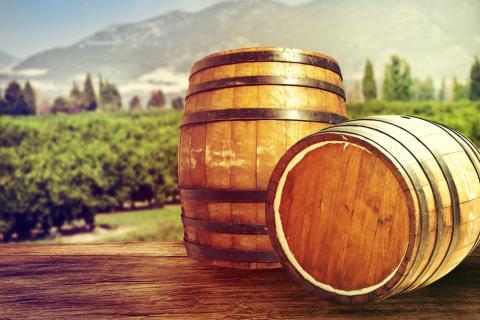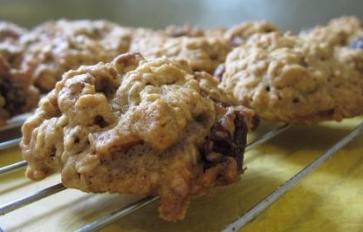
There truly is an art to creating a fine tasting bottle of wine. Wine is the art of fermenting fruits and berries in water with sugars and yeasts.
Wine-making is becoming more popular these days. Some people like to do it because they enjoy the actual crafting and flavoring – the sciences behind the drinks. There are some people who pick up the hobby simply because they like to drink wine, while others do it for more of the medicinal benefits of having a hobby, as well as making healthy wines with healing benefits.
What’s It Going To Take To Get Started?
Purchasing all of the equipment, including the ingredients you will need, can cost anywhere from $50 - $200 and up -- it all depends on how much you want to make, how often you will be making it, and how far into the hobby you want to go.
General Equipment and Supplies
- A 5- or 7-gallon Primary Fermenting Container/Vessel
- A 5-gallon Carboy
- Bung & Air Locks
- Hydrometer
- Fast-flowing Spigot Bottle Filler
- Corks
- Corker
- Wine Yeast
- Wine Bottles
- Fruits & Berries of Choice
- Sugars
- Siphoning Tube with Pump
- Mesh Wire Filter/Strainer
The wine and mead making process both have a couple of different phases and stages.
- Primary Fermentation – This is the first phase of the creation and fermentation process. Use the primary fermenting container here – a five- or seven-gallon food grade bucket works well, or you can also use a carboy that is about 7 gallons with a wide mouth. When you’ve combined all of the ingredients and followed the instructions for the primary phase, let it sit for a week before you’re ready for the secondary fermentation phase.
- Secondary Fermentation – After the week is up, filter and siphon your wine or mead into the carboy where it will sit for the next phase of fermentation. When your carboy is full and air-locked, set the container in a dark place and let it ferment for about another month.
The bung, airlock, and hydrometer are very important pieces to the process as well. The bung is a big rubber cork with a hole in the center where the airlock is tightly placed. The airlock is filled halfway with water so you can monitor the bubble action. When making wine, carbon dioxide is produced in the fermentation process. The air-lock gives the carbon dioxide a way to escape; otherwise the gas will build and your container will explode. The airlock has to be tightly placed to keep any air from getting into the wine -- air getting into the wine will cause bacteria to grow and you will be left with a bad batch of fermented fruit that isn’t consumable. Wine makers use hydrometers to measure the sugar levels in the wine. A hydrometer is actually similar to a thermometer, only it will provide you with the measure of alcohol content instead of the temperature. The lower the meter sinks, the higher the alcohol percentage.
Strawberry Apple Wine
This is one of my favorite wine combinations. It’s sweet and fruity and fun to make. You can use any kind of fruit you would like, but I highly recommend choosing fruits and berries that are strong flavored and sweet. Avoid any citrus fruits because the citrus will not work properly. When I use a combination of different fruits I like to taste test to see which is sweetest, strongest, and boldest, and then mix.
- 4 Pounds Fruit
- 1 Gallon Water
- 2 Pounds Sugar
- 1 Teaspoon Yeast Nutrient
- 1 Package Wine Yeast
In a big pot, bring the water to a boil and add the sugar.
Chop up the fruit into tiny pieces and put into your primary fermentation vessel. Pour the sugar water over the fruit and stir well.
Cover the vessel tightly and set in a dark place overnight.
The next day mash the fruit up in the bucket, stir in both of the yeasts, mix well, and cover. Set aside for a week.
Now it’s time to funnel and prepare for the Secondary Fermentation Process.
Using your siphoning tube and pump, get as much of the liquid out of the bucket and into the carboy as possible. Using your mesh filter and strainer, along with the funnel, strain the rest of the fruit and discard into the compost. Now place your plug and airlock and let sit for a month.
Once the month is up, use the siphoning tube and pump to get the wine from the carboy into the wine bottles. You don’t have to siphon it; you could just pour it with a funnel, but I like to be sure all of the sediment and dead yeast stays out of my wine. Use your meter to find out the alcohol percentage, label your fine wine and let it age to its fullest potential. I like to taste a little of the wine before it’s tucked away – sometimes I want the exact flavor it has already produced (the longer it ages the more it may change in flavor).








